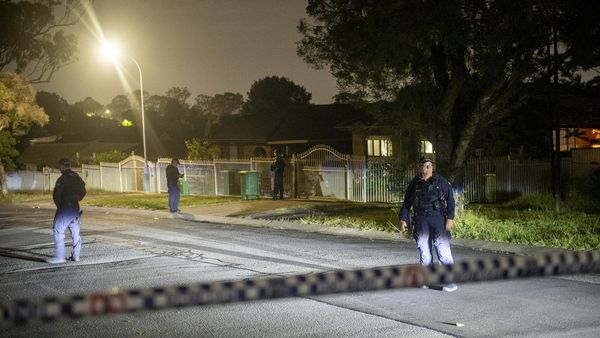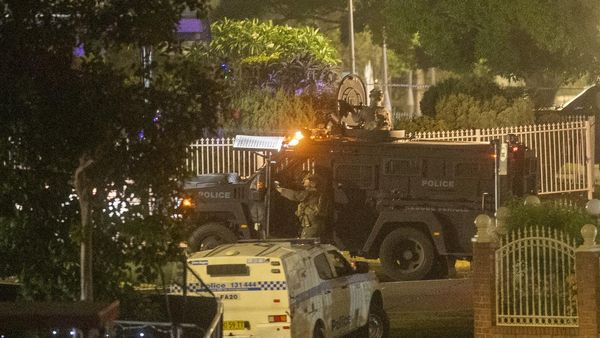
Switching to restorative practices to respond to student misconduct in Chicago schools has led to a significant reduction in suspensions and arrests, as well as improvements in how students perceive their school climate, according to a groundbreaking study.
Black male students saw the greatest benefits, according to the University of Chicago Education Lab, which says this is the first study of the effects of a large-scale implementation of restorative practices on an education system. Those practices try to help students understand the consequences of their behavior and repair harm, and represent a shift away from exclusionary practices, such as suspending and expelling students.
Black male CPS students historically have had the highest baseline suspensions and arrests. Over the last decade, rates for students dropped the most as schools switched to restorative practices, Education Lab Research Director Fatemeh Momeni said. This study focused on high schools, but the authors say the benefits were also seen in elementary schools.
“There’s a sense that sort of traditional exclusionary disciplinary practices have had a disparate impact on disadvantaged populations, Black students in particular,” said Benjamin Feigenberg, an associate professor of economics at the University of Illinois Chicago and one of the study’s authors. “And so evidence that restorative practices have served to remedy some of that disparate impact, close that gap, is particularly important from an equity perspective.”
The study’s findings also put to rest some of the fears and suspicions about restorative practices. In 2014, Chicago Public Schools CEO Barbara Byrd-Bennett said she inherited an overly punitive discipline system that resulted in stark racial disparities in suspensions and expulsions.
In that school year, nearly 34% of Black students received at least one out-of-school suspension. The rates were much lower for other groups; nearly 8% for Latino students, about 4% for white students and 1% for Asian students.
Under Byrd-Bennett, the student code of conduct was changed to move away from zero tolerance for misconduct, and the use of suspensions and expulsions was limited. The district also paid about $15 million a year to outside groups who provided coaches to help schools implement restorative practices.
Teachers and parents worried schools would be stuck with unruly students and no way to deal with them. They wouldn’t be able to suspend students, but they would not have the bandwidth or support to implement restorative practices.
The study found that schools with coaches who came to school two or three days a week to help implement the new restorative practices saw the greatest drop in suspensions.
Compared to schools that did not receive coaches, Black male students in schools with this support missed fewer school days, even beyond what could be accounted for by a reduction in suspensions, and scored significantly higher in math on standardized tests than they had before.
Overall, the number of suspensions across the school district dropped from 49,708 in 2014 to about 10,000 in 2022, according to CPS data.
In the 2021-22 school year — the last year for which data is publicly available — 11% of Black students were given out-of-school suspensions, compared to 3% of Latino students, 1% of white and .5% of Asian students.
The study’s authors said the decrease in arrests both in and outside of school proves that the drop in suspensions are due to changes in student behavior.
In addition, test scores didn’t drop, and students gave their schools better climate ratings after the switch to restorative practices, the study found.
Talking to students and teachers about restorative practices underscored its positive effects, said Anjali Adukia, an assistant professor at the University of Chicago Harris School of Public Policy.
“One person who was formerly a teacher said, ‘Oh, yeah, I was told to do this fluffy duffy restorative justice stuff, and I thought it would never work,’ ” she said. “And I saw that it transformed my classroom. So now I’ve become a coach. And so it was interesting to also just see how it had really influenced their own lives.”
Sarah Karp covers education for WBEZ.







